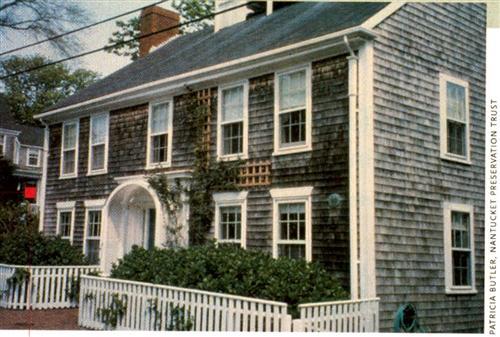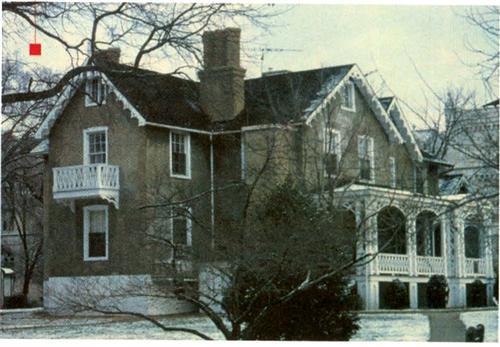Sign up for the Family Tree Newsletter Plus, you’ll receive our 10 Essential Genealogy Research Forms PDF as a special thank you!
Get Your Free Genealogy Forms
"*" indicates required fields
The places where English settlers built their homes in the 1600s, where George Washington and his troops survived the winter of 1778, where Abraham Lincoln wrote the 1862 Emancipation Proclamation — all are in danger of being lost to neglect, sprawl and other destructive culprits. They are among 11 of America’s “Most Endangered Historic Places,” according to the National Trust for Historic Preservation.
The National Trust issues its annual “endangered” list to “ring the alarm to save these places through awareness, education, funding and policy changes,” says NTHP president Richard Moe. “We either save them now or we will lose them forever.”
The most endangered sites include:

• Nantucket, Mass., historic buildings: Now an idyllic summer resort destination, the island of Nantucket was first settled by hardy seafarers in the 1600s, eventually growing into a whaling center. Its collection of buildings from the 17th to 19th centuries form Nantucket’s charming, historic character. Ironically, that very character also attracts newcomers who are tearing down and gutting those buildings — and in the process, destroying the island’s uniquely historic feel.

• Valley Forge National Historic Park, Valley Forge, Pa.: In the pivotal Revolutionary War spot where General Washington encamped with his troops, key buildings at this park are threatened by water damage, poor maintenance and other effects of time. It was here that the Continental Army spent the winter of 1777-78, regrouping and turning the tide in America’s war for independence.

• Abraham Lincoln’s Retreat/ The Soldiers’ Home, Washington, DC: The only major site associated with Lincoln that has not been restored, this 14-room Gothic Revival cottage served as the Lincoln family’s summer residence from 1862 to 1864. Lincoln drafted the Emancipation Proclamation here during the summer of 1862. Now the National Trust wants to restore the former retreat and veterans’ home — which is suffering from leaks, antiquated utilities and other time-related damage — and use it as an educational center focusing on Lincoln’s presidency.
Other historic places in danger of being destroyed are century-old Georgian and Romanesque Revival buildings at the Veterans Administration Medical Center in Leavenworth, Kan.; historic neighborhood schools across the nation that are being replaced rather than being restored; the 125-mile stretch of the Hudson River Valley, NY, along which 46 of America’s 2,300 national historic landmarks lie; the early 20th-century buildings of the Fifth and Forbes historic retail area in Pittsburgh; the scene of the 1837 battle that changed the course of the Second Seminole War in Okeechobee, Fla.; ghost towns and mines in the Red Mountain Mining District of Colorado; the Santa Anita Racetrack in Arcadia, Calif., designed in 1933 by the architect of the Tunes-Mirror building and the Hoover Dam; and the Wheelock Academy in Millerton, Okla., founded in 1833 to educate girls of the Choctaw tribe.
For more information on each historic site and how to help, see <www.nationaltrust.org/nmost> or call (800) 315-NTHP.
From the December 2000 issue of Family Tree Magazine
ADVERTISEMENT




